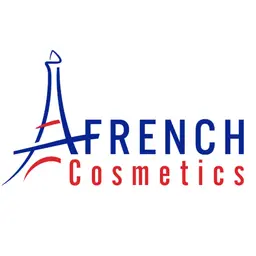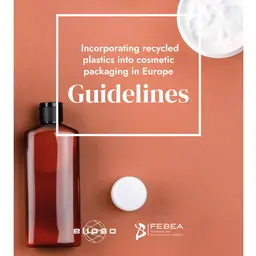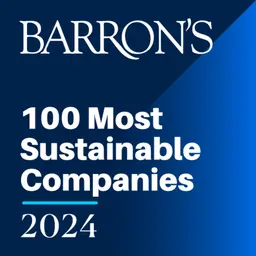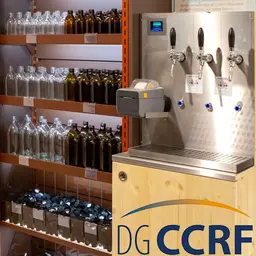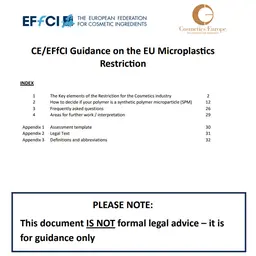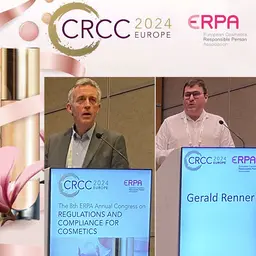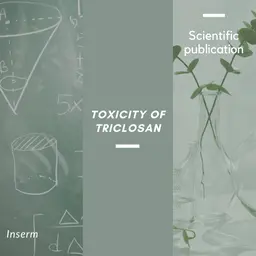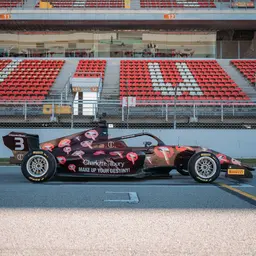
Ecodesign is trendy, and its related claims are getting widespread on labels, whether of cosmetics or other consumption goods. At the 12th edition of the PCD show organized in Paris last February 3-4, 2016, Mrs Édith Bon made an update on the context and rules.
Édith Bon, a lawyer at the Paris bar, is at the head of her own Paris-based firm specialized in litigation and business consulting as regards the safety issues of mass consumption goods, in particular in terms of labelling, packaging, and advertizing. Among her areas of expertise: environmental claims and the regulatory framework of eco-design.
‘This issue is fashionable’, the speaker underlined as an introduction, ‘in particular due to the decisions made at the COP 21, and to the recent French laws on the ban on single-use plastic bags in distribution and on planned obsolescence, which show people have grown aware of the issues of eco-design and energy savings.’
Regulatory framework
The sector is already regulated on the European and French levels: a few European directives first laid down the general criteria for ecodesign, in particular in terms of weight, shape, and volume.
Then, ecodesign regulations were adapted to each industrial sector in order to use less polluting materials, reduce the quantity of heavy metals like mercury or lead, and above all, save energy throughout the life cycle of products, from design to use.
All this was transposed to the French Environmental Code and in normative texts, which led to the …

